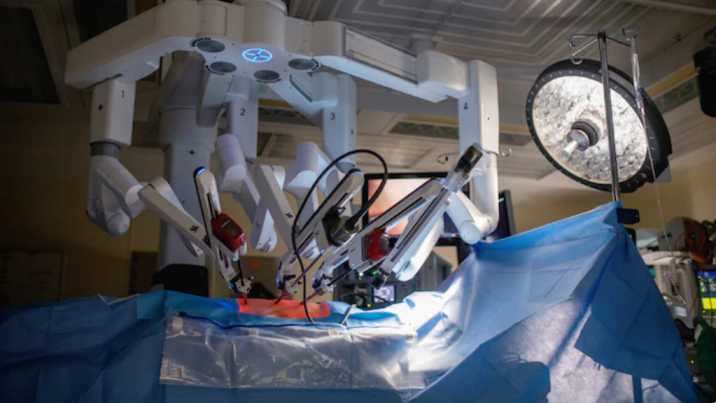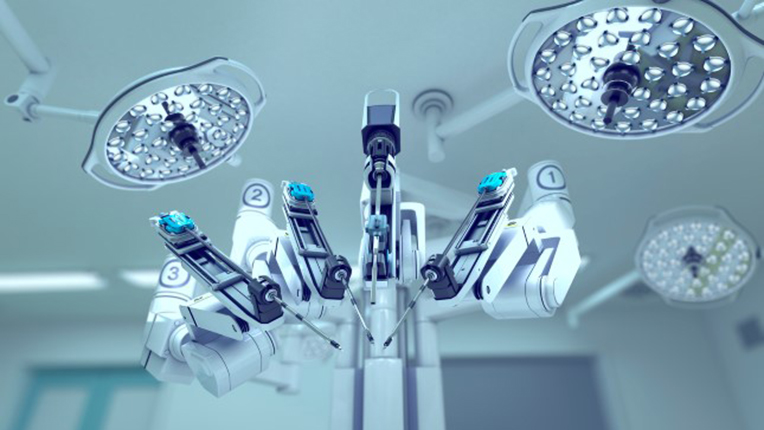The Growth of Autonomous Surgical Robots
Every year millions of surgeries are performed by very sophisticated surgical robots. However, these surgical robots are not fully autonomous. Surgical robots are not yet wholly autonomous because surgery is a fault-intolerant activity with many potential dangers that could be fatal. It may take some time for fully autonomous surgical robots to become standard. Meanwhile, there is gradual progress in the use of partially autonomous robots while adhering to the safety of patients. This article shall explore the growth of autonomous surgical robots.
The surgeons of the future will be autonomous surgical robots because of their ability to provide standardized outcomes regardless of a surgeon’s skills and experience. The integration of artificial intelligence, surgical robots and other dexterous medical devices perform surgical procedures with greater consistency and accuracy than even the most experienced human surgeons.
Autonomous surgical robots will provide much-needed healthcare in remote regions, underserved environments and emergency situations such as space flights without surgeons. Autonomous surgical robots will bring equity to healthcare by providing universal access to high-quality surgery. Also, accessibility to quality surgery minimizes incidences of corrective surgery, which cuts healthcare costs.
Levels of Autonomy in Surgical Robotics
Surgical robots can be classified by their levels of autonomy which determines the kind of algorithms that operate them. Higher levels of autonomy imply that surgical robots have higher artificial intelligence integrated into the system and can carry out more complex procedures—the levels of autonomy range from zero to five.
Level of autonomy zero- LoA 0 (no autonomy) refers to surgical robots like the Da Vinci System without A.I. integration. The Da Vinci System relies on human teleoperation to perform procedures. LoA 1 has some robot assistance, such as the EndoAssist camera holder, which runs on algorithms that restrict the motion of tools. If the surgeon wants a higher level of autonomy, he could defer more control to the surgical robot, which utilizes A.I. to perform surgical tasks.
In LoA 2 ( task autonomy), a surgical robot can learn by observation and cut tissue. LoA 3 has conditional autonomy whereby the Smart Tissue Autonomous Robot (S.T.A.R.) employs machine learning for tracking deformation in soft tissue for executing the suturing surgical plan. With the current technology, LoA 4 (high-autonomy) and LoA 5 (full-autonomy) surgical robots are not yet fully developed and approved. Despite some fully autonomous systems not being approved yet, they will have a role to play in the future.
There are still some regulatory, technical and social setbacks to be addressed before the highest level of autonomy in surgical robotics can be implemented. One technical challenge is that surgical robots must improve detection, processing and response to unforeseen variations during surgeries. Such challenges are more pronounced in soft tissue surgeries, where artificial intelligence and deep learning will be required to predict and respond to dynamic surgical scenes.
Also, such advanced technologies will be subjected to increased scrutiny by industry regulators since this is the first time that medical device regulators will regulate a system practicing medicine.
Autonomous surgical robotic systems will be required to demonstrate safety levels more significant than in teleoperation and still meet the set standards in clinical care. The expectation is that AI algorithms must be sensitive and precise, at least comparable to an experienced surgeon.
A major social challenge to face is the resistance to the use of AI in medical procedures. It will take time to build trust among the general public regarding the safety and efficacy of autonomous surgical robots. Already trust is being built among the general population with the stepwise adoption of robotics for particular medical subtasks such as endoscopy and tissue identification. Finally, these subtasks will be combined to become a complete procedure setting the stage for fully autonomous robotic surgeries.
Conclusion
Various artificial intelligence applications such as machine learning, haptic control and machine vision have led to the development of medical robots for surgical procedures. Autonomous surgical robots ensure efficient, consistent and safe treatment while allowing machine learning for continuous improvement. Autonomous surgical robots could potentially increase access to treatment for underserved and remote regions or in times of natural calamities.
Human surgeons face physical limitations, and they would take more time to learn and improve their practice, unlike AI enabled surgical robotic systems which could surpass human performance by being more consistent and reducing the number of errors.
Ultimately, new techniques in machine learning combined with the development of safe and dexterous surgical robots will enhance interventional and diagnostic care.


One thought on “The Growth of Autonomous Surgical Robots”